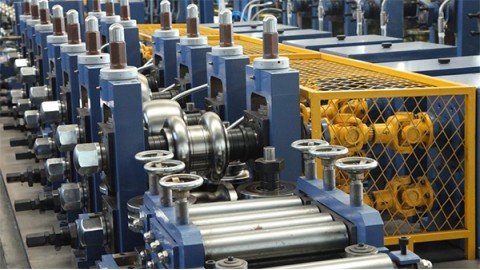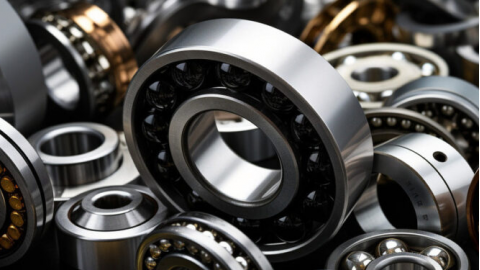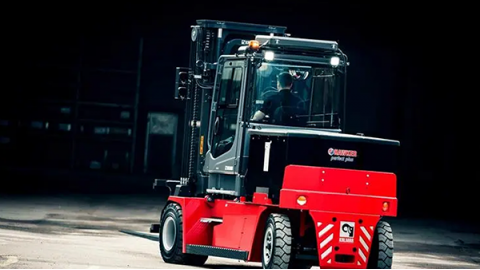Introduction
This is the most concise information about alumina ceramics available online.
You will learn about:
- What alumina ceramics are
- The properties of alumina ceramics
- How alumina ceramics are produced
- Alumina ceramic products
- And much more...
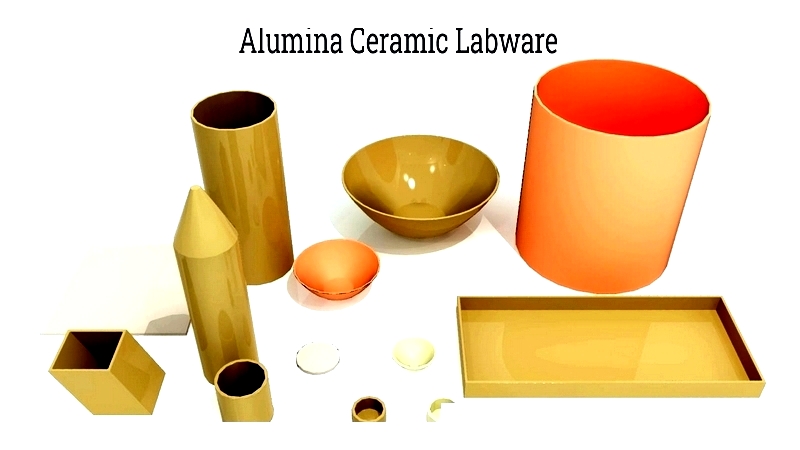
Chapter One – What are Alumina Ceramics?
Alumina ceramics are robust industrial oxide ceramics known for their exceptional hardness. Derived from bauxite, they can be fabricated through various techniques including injection molding, die pressing, isostatic pressing, slip casting, diamond machining, and extrusion. Their sintered crystalline structure resembles that found in sapphire and ruby.
Primarily used as electrical insulating materials, alumina ceramics are highly valued for their incredible strength and excellent resistance to wear and corrosion.
As shown in the image below, alumina ceramic products resist chemicals, high temperatures, wear, erosion, and corrosion. Their bioinert properties also make them suitable for medical implants.
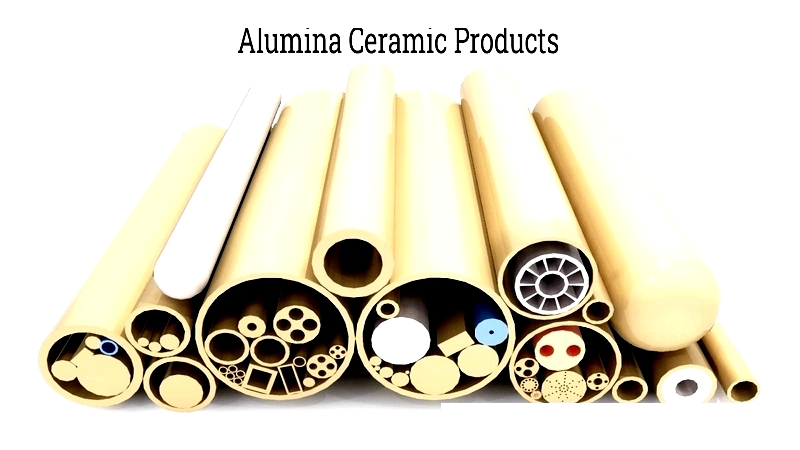
Classified as technical ceramics, alumina offers outstanding properties with an advantageous cost-to-performance ratio. They are categorized by alumina content ranging from 70% to 99.9%, with higher purity components exhibiting better wear and corrosion resistance.
Chapter Two – Properties of Alumina Ceramics
Alumina ceramics, also called aluminum oxide ceramics or Al2O3 ceramics, are advanced ceramic materials widely used across industries for their excellent mechanical, thermal, and electrical properties. Typically appearing white and granular, they may resemble table salt or appear as a dense white powder. The three main types are hydrated, calcined, and tabular alumina, each available in various grades for specific industrial applications.
Different alumina types vary in soda (Na2O), iron (Fe2O3), and silica (SiO2) content, chemical purity, and powder properties. Selecting the right grade is crucial for electronics, medical components, cutting tools, wear-resistant parts, and refractory linings where performance and reliability matter.
Calcined Alumina
Produced by heating aluminum oxide to 1050°C (1900°F), calcined alumina achieves 99.99% purity by removing all impurities and water. With a Mohs hardness of 9 (just below diamond), it's used in high-performance abrasives, precision components, and electrical insulators due to its thermal stability, strength, and chemical resistance.
Hydrated Alumina
Also known as alumina hydroxide, hydrated alumina is valued for glaze applications due to its suspension properties and adhesiveness. It serves as a flame retardant, filler material, and precursor in the Bayer refining process. Applications include water treatment, catalyst supports, and specialty ceramics.
Tabular Alumina
Created by heating aluminum oxide to 1650°C (3000°F), tabular alumina offers high thermal capacity, temperature stability, and strength. Produced by sintering calcined alumina balls into powder, it's known for refractoriness, mechanical strength, wear resistance, and chemical purity. Ideal for refractory bricks, kiln furniture, and high-temperature furnace linings.
Properties of Alumina
High Temperature Resistance
Alumina maintains properties in oxidizing and reducing atmospheres up to 1650°C (2900°F) and in vacuum up to 2000°C (3600°F). Retaining 50% tensile strength at 1000°C, it outperforms metals in high-temperature stability, making it ideal for furnace linings, thermal insulation, and crucibles.
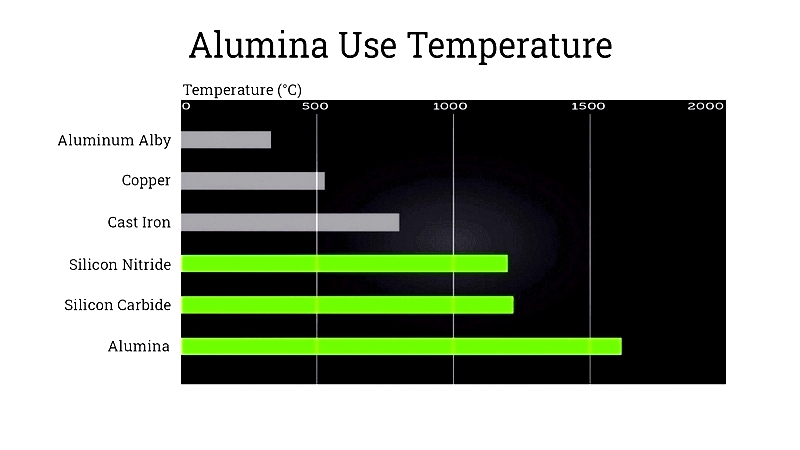
Abrasion Resistance
Alumina's inherent hardness provides excellent abrasion resistance, maintaining structure despite mechanical wear. This makes it valuable for mining, power generation, and industrial applications requiring wear liners, pump seals, and cutting tools.
Chemical Resistance
Chemically inert, alumina resists acids, alkalis, solvents, and industrial reagents at high temperatures. This makes it suitable for chemical processing, laboratory equipment, semiconductor fabrication, and biomedical devices.
Density
With a density of 3.965 g/cm³ at 25°C, alumina's fine particle structure minimizes voids, enhancing mechanical strength and wear resistance. Finer grain sizes (under 5 microns) improve wear resistance compared to coarser grades.
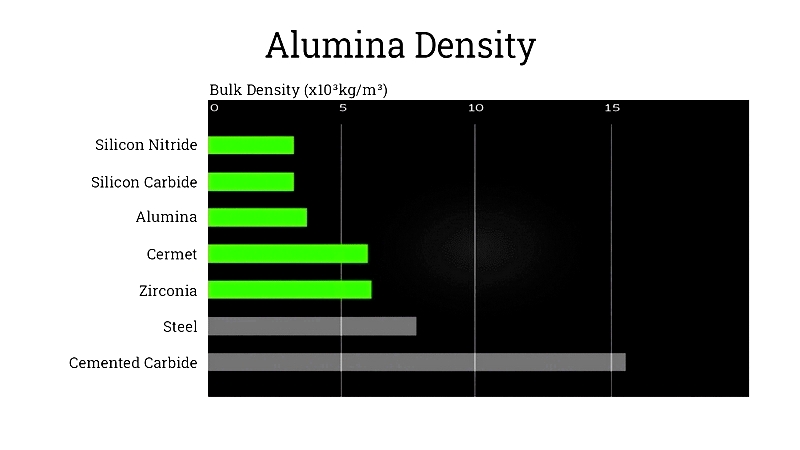
Mechanical Properties
Alumina's exceptional strength and hardness increase with purity. Its compressive strength, flexural strength, and fracture toughness make it ideal for wear plates, grinding media, bearings, and electronic substrates.
Thermal Properties
With low thermal expansion and high electrical resistivity, alumina minimizes thermal shock. Higher purity grades offer greater resistivity, making them suitable for thermal insulators, heat sinks, and protective sheaths.
Dielectric Properties
Alumina's exceptional dielectric properties prevent electron flow, making it perfect for spark plug insulators, integrated circuits, and power electronics where insulation is critical.
Hardness
Ranging HRA80-90 on the Rockwell scale, alumina surpasses steel and tungsten carbide in hardness, making it ideal for cutting tools, ball bearings, armor plating, and dental prosthetics.
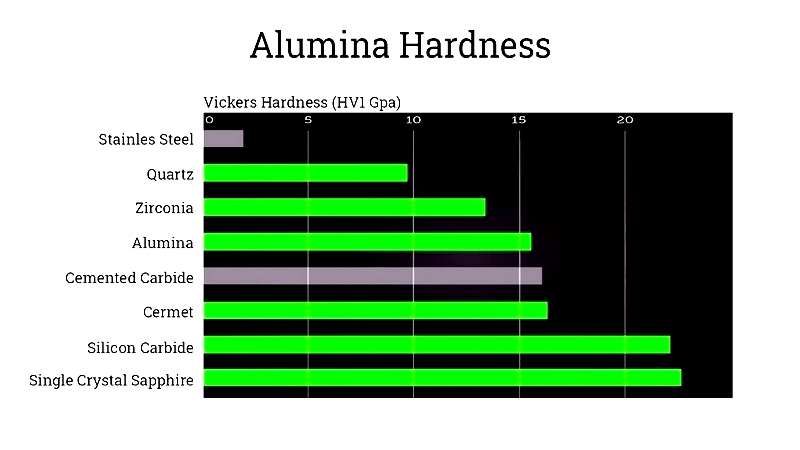
Additional Benefits
Alumina's biocompatibility suits medical implants, while its non-magnetic nature works in sensitive electronics. Low outgassing and high purity enable semiconductor applications. Advanced manufacturing methods allow custom component design.
Selecting Alumina Ceramics
Consider chemical exposure, temperature, mechanical load, and electrical requirements when choosing alumina ceramics. Consulting alumina ceramic manufacturers helps identify the optimal composition for electronics, aerospace, mining, energy, or biomedical applications.

